
 |
dogon space:: twin phenomena paradigm |
 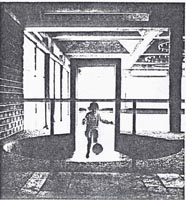 |
Extreme Articulation:: Isotropic Space |
Objects System |
basket * house * village * city * universe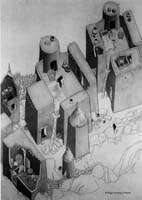 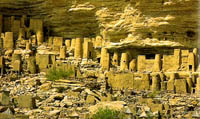 |

a dogon compound:
|
   
a large house-little city:
'The city is a big house
and the house is a small city.' |
| The Twin
Phenomena Paradigm shatters the barriers of dualism between open space and
closed space. A combination of basic spatial units transcends the incremental structure: the space syntax produces a large open space that, in the dramatic play of light, dissolves into the whole. |
This
key concept of "african gemellity paradigm" has been introduced into the
thought of Modern Architecture by Van Eyck, the Dutch
master-architect, after his initiation in the Dogon Land in early fifties.
As an undisputable basis of the twenties revival , Extreme Articulation is a move towards a Baroque Complexity and the 19th century contradiction that provoked the implosion of the classical modern into the trends we meet today. Note also that the primary means of articulation implies literaly that the planar skin volumes of the twenties are substituted by 3-dim facade. |
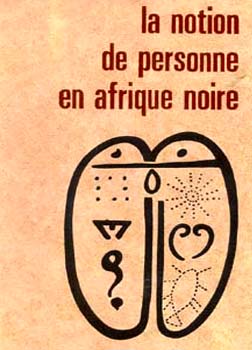
The Inner Horizon of Space |
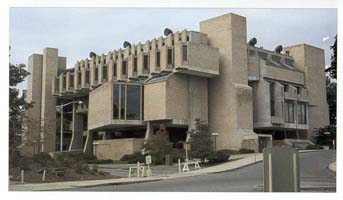 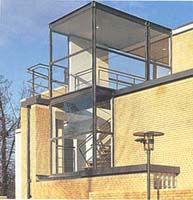
Extreme Articulation::Building's Models: Clark Library Uni-MassUSA and St Catherine College-France |
|
Space should always be articulated
in such a way that places are created, spatial units whose appropriate
di-mensions and correct measure of enclosedness enable them to accomodate
the pattern of relations of those who will use it... It goes without saying that the nature of the articulation, such as its 'wavelength' and its quality - that is, how the principle is put into pratice - determi-nes the potential of the space. We must articulate things to make them smaller, i.e. no bigger than neces-sary, and more manageable. And because articulation increases applicability, the space expands at the same time... |
Articulation, then, leads to
'expansion of capacity' and thus to greater yields from the material available.
Less material is therefore needed, thanks to its greater intensity. |
| Aldo van Eyck | MOSGUM ARCH | African Arch | Books | Support | Site Map |